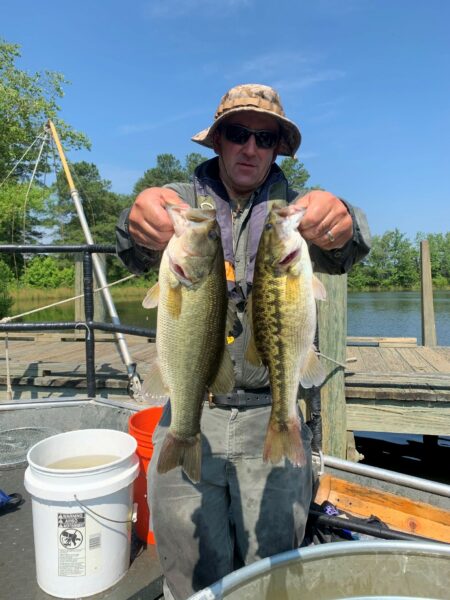Greetings DWR Staff,
First and foremost, I want to congratulate our biologist of the year, Louise Finger. During her time at DWR, she has completed more than 70 stream restoration projects that have benefited the conservation of aquatic ecosystems. These projects include in-stream habitat restoration, riparian restoration, dam removal, and alteration of stream crossing to improve passage. Some of the projects she has accomplished include the largest single stream channel design project ever completed in Virginia on the Maury River, the install of more than 45 stream habitat/channel structures on the North River, and removing the Jordan’s Point Dam on the Maury River. Her work directly contributes to the Conserve portion of DWR’s mission and has had multiple benefits to both game and non game species. Thanks to Louise for her hard work and commitment to Virginia’s resources!
Next, I want to give you all an update on the regulations that will go into effect on January 1st, 2021. In addition to the typical changes in size and bag limits, I want to highlight the changes aimed at halting the spread of the invasive Alabama bass. As of January 1st, there will be no size or bag limit on Alabama bass, they will be added to the predatory and injurious species list, and there will only be limited provisions for live possession. We are working hand in hand with Outreach and NGOs, including The Bass Federation and the Bass Anglers Sportsman Society, to get the word out about the dangers Alabama bass pose and how we can prevent further spread. I’ve included a photo of Scott Herrmann holding an Alabama bass out of Diascund Reservoir side by side with a largemouth bass.
Operations are continuing as normally as they can, given the COVID Trout stocking is well underway and will continue, in most cases, through May. Last year, DWR Hatchery staff stocked more than 1 million trout, and we’re on pace for a similar year this year. Catfish stocking is also underway, with the great catfish stocking rodeo beginning about the time you read this. Electrofishing and gill netting are also continuing, and I’ve included a photo from a recent sampling event in the lower James River. For the record, when I saw these pictures and the associated social media release, I got my map of the James out to figure out how to get my boat into these creeks…
On the non-game front, the Aquatic Wildlife Conservation Center in Marion, Virginia has had two breakthroughs. First, they identified four suitable hosts for the endangered Appalachian Monkeyface – the most promising work for this species ever accomplished. Second, they had tremendous success raising endangered Golden Riffleshell, using the “ark” population that they produced back in 2016. From this starter population, they have grown more than 6,500 juveniles, which likely exceeds the wild population by several orders of magnitude. To put these accomplishments in perspective, a well-respected colleague of mine referred to this as “the aquatic equivalent to raising California condors and black footed ferrets.” I contend that freshwater mussels have more charisma, but I think the comparison is fair. That’s all I have for now. -Mike Bednarski



